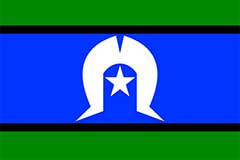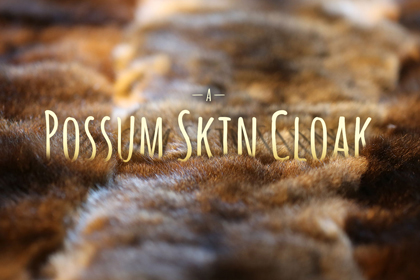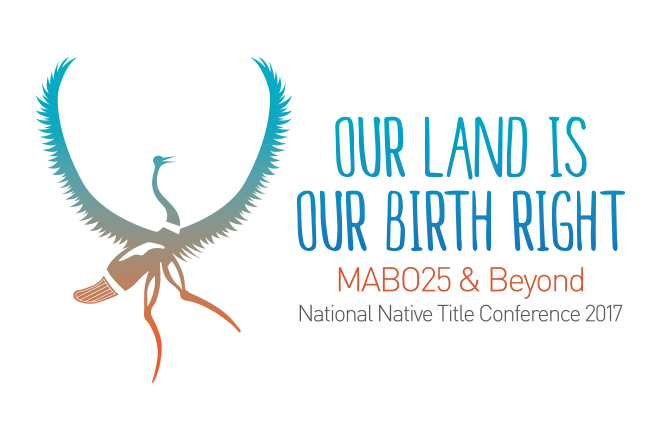This paper by Kim Katon explains why it might be difficult to find records when doing Indigenous family history research.
In looking beyond our usual professional preoccupations and in thinking about our place in the world as archivists and record keepers it is important to understand that Indigenous Australians have a relationship with records that is significantly different to the majority of other Australians. Considering this different relationship means considering what Indigenous people expect of archivists and other record keepers that other Australians may not.
The conference theme is based on past caring and our roles as mediators between society and records. Past caring therefore incorporates understanding the variety of barriers Indigenous people face in locating and accessing records that relate directly to themselves, their kin and community.
The first and most important aspect to consider is that generally Indigenous people are unaware of what records have been created about them, their families and communities, and the reasons behind their creation. Without this knowledge it is difficult to find a starting point in their search for their history. Therefore, Indigenous people must be informed about the records, the services available and their rights of access as this is one of the biggest barriers to Aboriginal people gaining control over their historical documents and thus their history. People who live in remote areas are often more disadvantaged by their geographical location.
The Human Rights and Equal Opportunity Commission’s Bringing Them Home Report acknowledged that "...most Aboriginal people do not know about the existence of records, their rights of access, how to go about the search or the availability of assistance" and that "… information about the availability of access to records should be widely communicated through Indigenous communities" (HREOC 1997:340). Further, an "… informed Aboriginal population will have much greater feelings of power over its own destiny" (Henrietta Fourmile in HEROC – 1997:354). Therefore, in looking outside the boundaries of our professions we need to look at, and rethink our history and our positions in relationship to Aboriginal people and existing historical records.
It is important to understand that records pertaining to Indigenous people were created by a range of agencies, for example, Protection and Welfare Boards, Adoption Agencies, Education and Health Departments, Police Forces, Churches, Missionaries, Anthropologists and a range of academics. They were created for a variety of reasons, for example, for the 'protection and care' of Aboriginal people, but most prominently they provided a means of regulating the lives of Aboriginal people. Agencies such as the Aborigines Protection and Welfare Boards existed in all states at various times. Most often the Board's representation came through the police force where police officers were appointed as 'Guardians of Aborigines', thus acting as both protector and prosecutor and in doing so greatly diminished the legal rights of Indigenous Australians. From this imposed relationship came a paper trail documenting a history of oppression.
If we are to appreciate and understand the value of such documentation we must understand and accept that Indigenous people have experienced a different and discriminatory history to mainstream Australian society - a history that has, for the most part, been keep secret. In many cases the secrecy has been achieved through the loss and destruction of records which has often been "... due to concerns their contents would embarrass the government" (HREOC Report 1997:326).
In our professions we are aware that records are owned by those who created them and stored in a variety of places, not only archives and libraries. For many Aboriginal people knowing where to look can be a frustrating barrier as well as going through the process of gaining permission from the owner. Just knowing which agency was involved can be an obstacle as most people searching for family information were children when these records were created. Indexes, guides, databases and finding aids have been produced that can assist people, but generally they are not designed for use by people unaccustomed to research and thus can be seen as yet another barrier.
The history of exclusion from educational institutions for Aboriginal people is yet another barrier when it comes to researching Aboriginal history. It must be remembered that in NSW the authority to exclude an Aboriginal child from school based solely on their Aboriginality remained in the NSW Teacher Handbook until 1972. The consequences of this educational disadvantage is very evident in the low levels of literacy many people experience today and creates a huge barrier when people know that someone else will have to read the documents to them if they are ever to know the contents. It is also sometimes the situation that "...the jargon is simply incomprehensible to many …" (HREOC Report 1997:343).
This not only causes embarrassment in the initial stages of request for information, but also can cause great distress when a stranger reveals the contents. People have sometimes taken great lengths to put the past in the back of their minds. The emotional responses experienced as a result of the content of these documents vary from happiness to great distress. The records are often written in a very derogatory manner, contain very private and intimate information, have many errors, but can also hold the key to a person’s identity. It also causes great distress when people are informed that although the information contained within the document may be incorrect, they can't change it, they can't destroy the document and they can’t take it away with them. They also fear what future generations will think when they read these documents, knowing that they will not be alive to explain that they are not true or to explain the situation or event from their perspective. The interpretation of these records therefore raises yet another barrier.
Another issue to consider is that there are not enough Indigenous people employed in the areas where Aboriginal people will be searching. This is slowly changing but the change is far too slow. It is more often the case that Aboriginal people would rather have another Aboriginal person assist them in their research as experience has shown that often the non-Aboriginal archivist or librarian is unaware of the different history Aboriginal people have and therefore can offer no assistance with interpreting the records and as such can be seen as another barrier. More often than not, "Aboriginal people feel ill-at-ease and self-conscious when entering white institutions which emanate an entirely alien cultural presence. So much depends upon the person at the counter" (HREOC Report 1997:343), and hence The Bringing Them Home Report stated that "the role of Indigenous-controlled family tracing and reunion services is therefore critical" (HREOC 1997:339).
Many specialist Indigenous family research services do employ Indigenous staff, for example The Australian Institute of Aboriginal and Torres Strait Islander Studies, State Records of New South Wales and State Library of New South Wales. However, agencies find it difficult to employ Aboriginal people because so few Indigenous people are suitably qualified. In addressing this situation HREOC Recommendation 28 states "That the Commonwealth and each State and Territory Government institute traineeships and scholarships for the training of Indigenous archivists, genealogists, historical researchers and counsellors" (HREOC 1997:352) as "Indigenous communities in Australia do not yet control and manage their own completed documentary history" (HREOC 1997:343). Link-Up goes further and ".. recommends the establishment of an Aboriginal Archive where all of the departmental records pertaining to Aboriginal people will be consolidated under an Aboriginal-controlled administration with uniform and culturally appropriate access procedures" (HREOC 1997:353). This is supported by a recommendation from the Bringing Them Home Report which clearly states that "… in the longer term Indigenous communities should have an opportunity to manage their own historical documentation" (HREOC 1997:346).
Finally, past caring means understanding the barriers people face and accepting our role as mediators for a nation of Indigenous people who are still very untrusting of government and its agents. The memories of past government and church involvement in their lives are still very fresh. As mediators we can take the opportunity to develop trusting relationships for the future.
Kim Katon - October 2002
Kim Katon worked as the Senior Family History Officer at AIATSIS from July 2002 to September 2003.
Conference paper: 'Past caring?: What does society expect of archivists?', Australian Society of Archivists Conference, Sydney, 13-17 August 2002.




